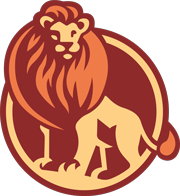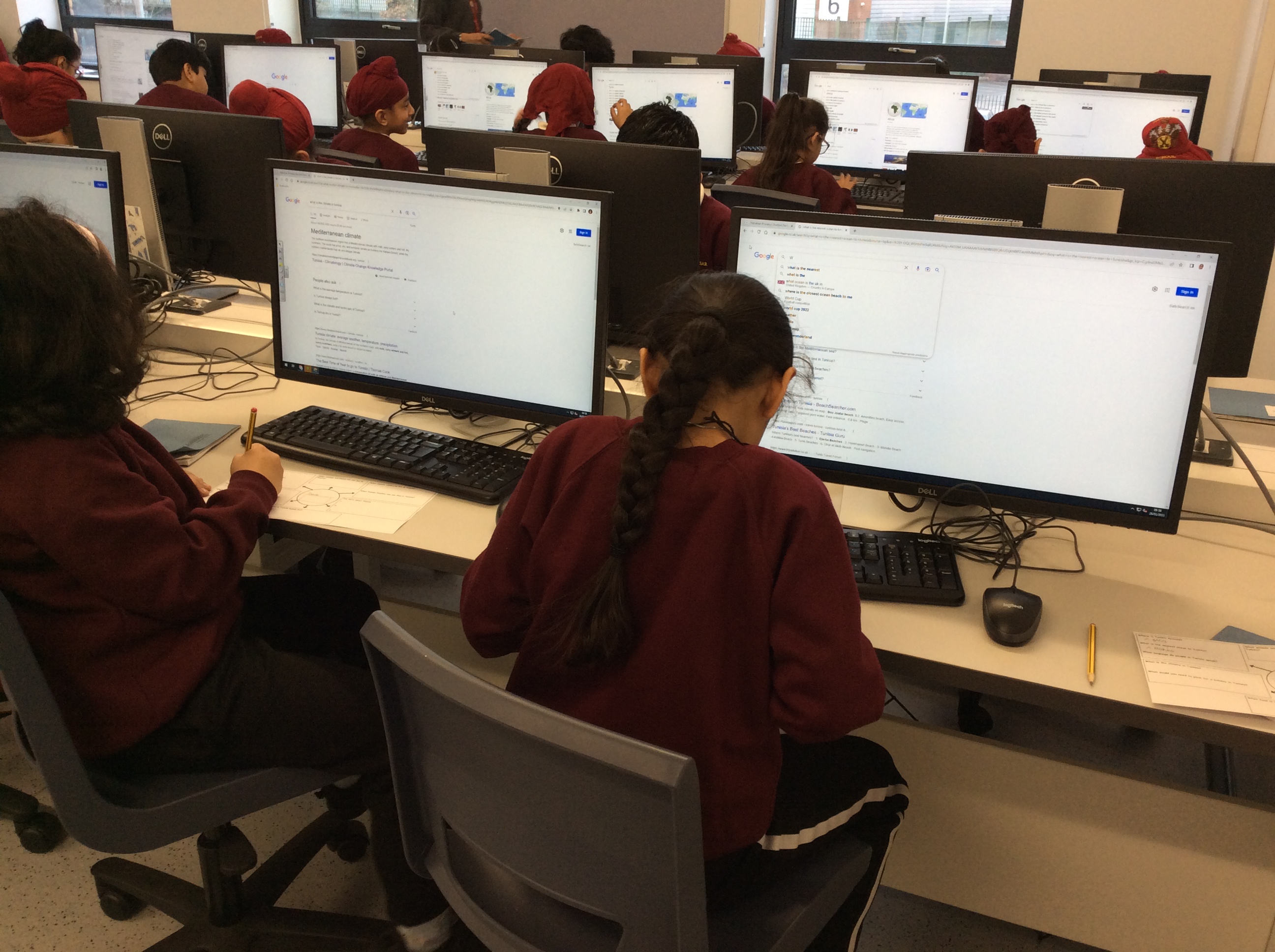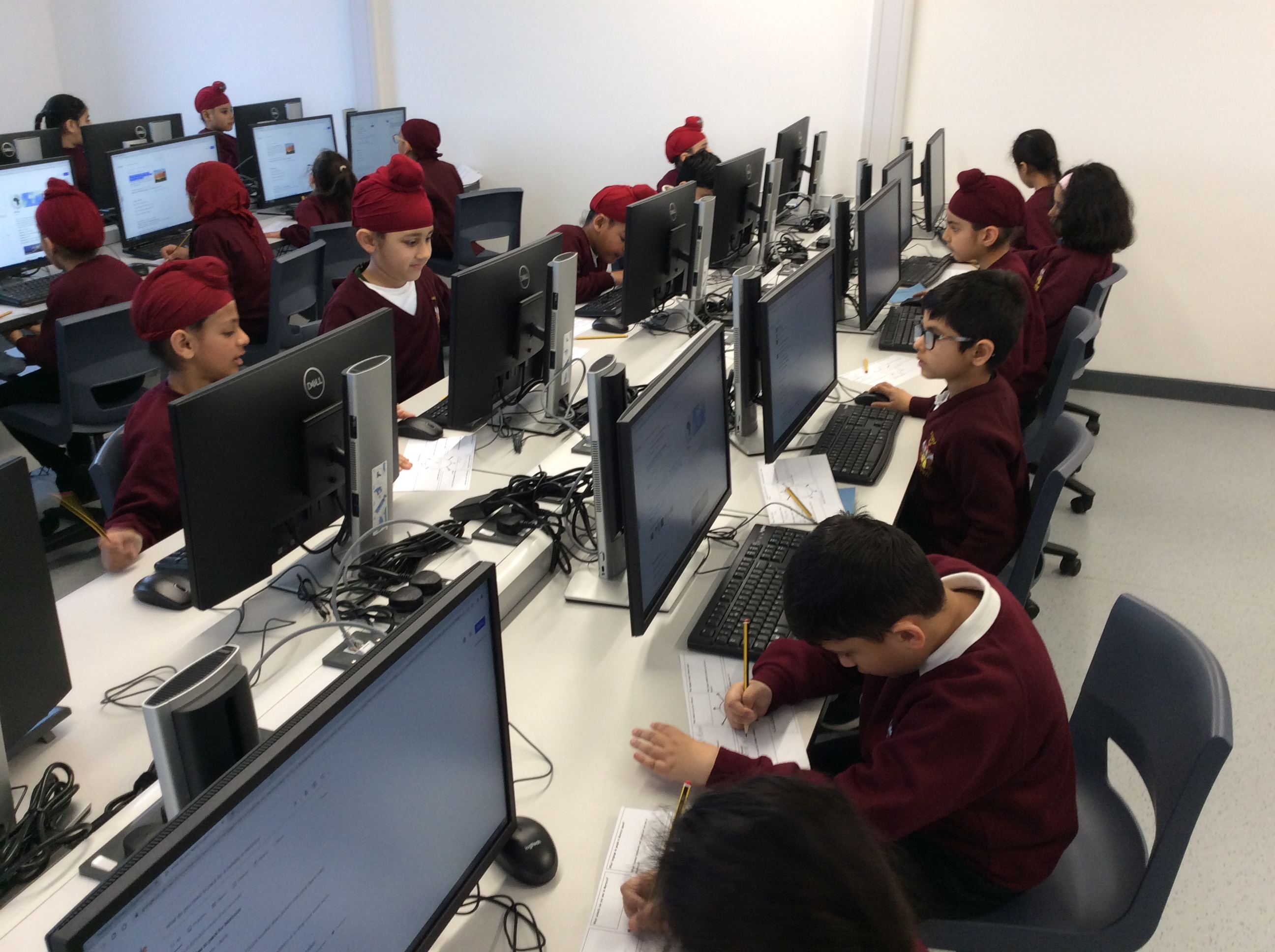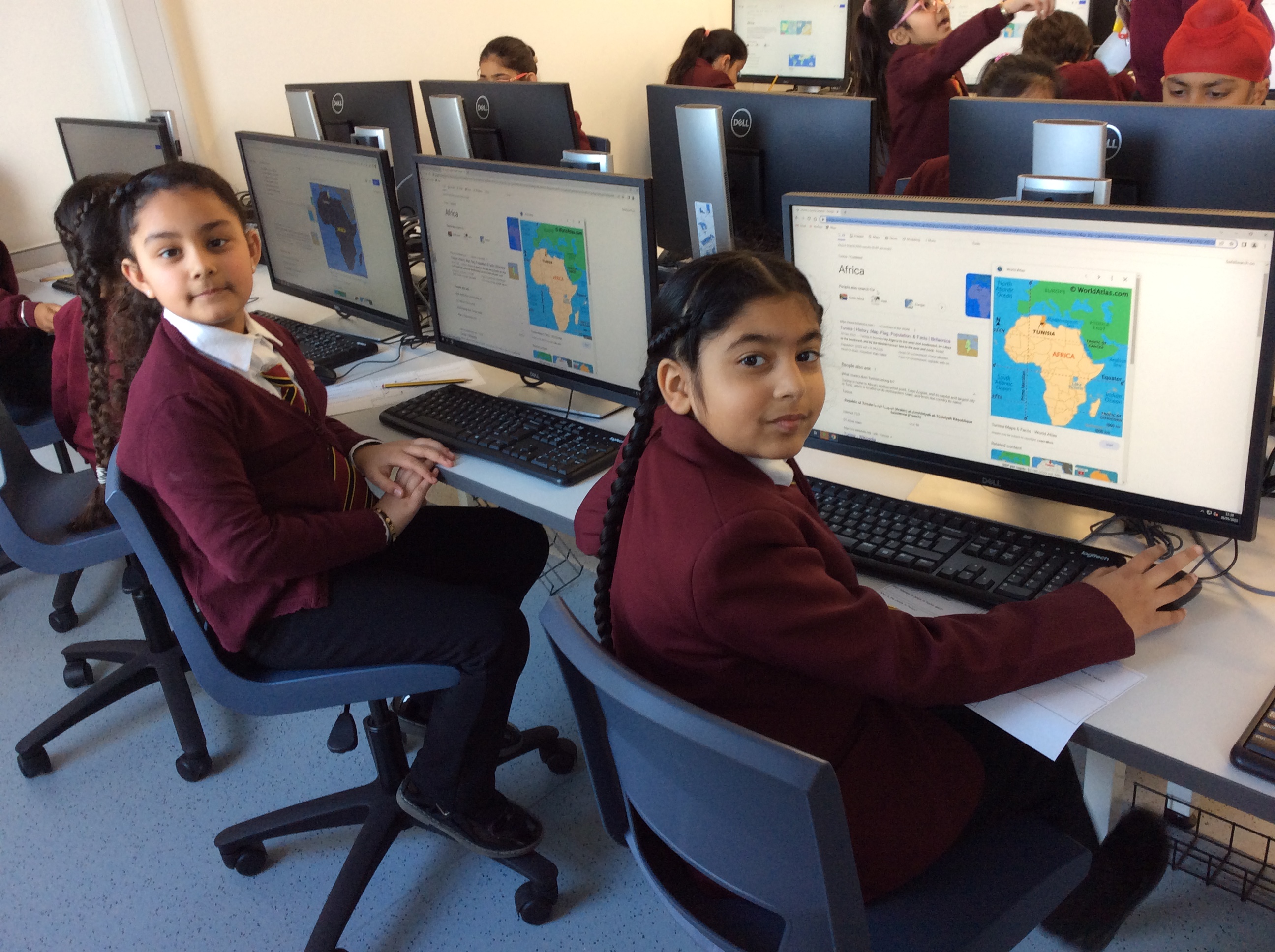Computing
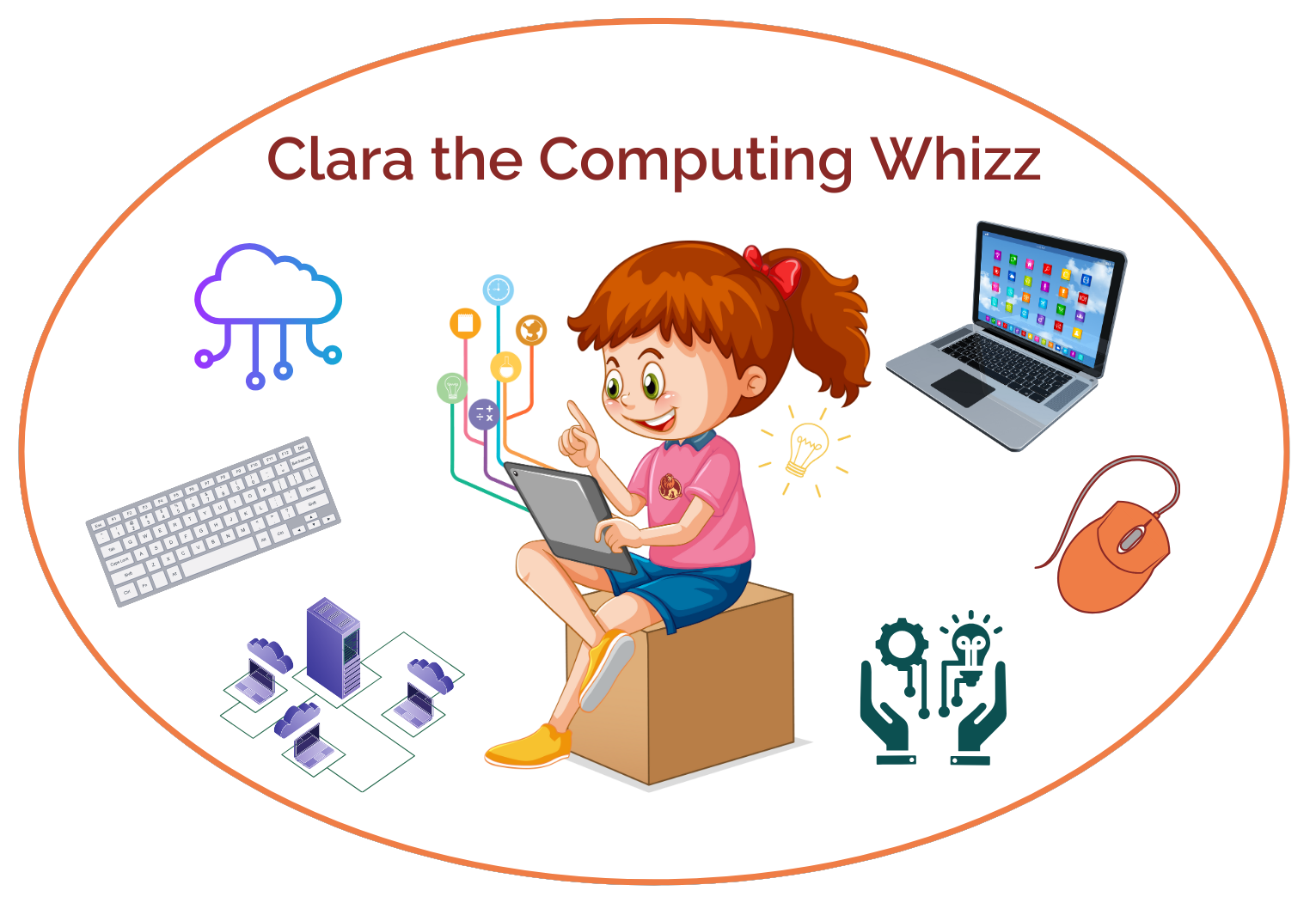
Our children understand the core skills needed to learn in Computing with the use of the school curriculum character – Clara the Computer Whizz. This character is regularly used to encourage the children to reflect on the key skills needed when working within Computing.

We are in school to 'Acquire' the knowledge and skills that will allow us to 'Achieve' our aims and go on to what we 'Aspire' to do.
Our aspiration for every learner (intent):
At Nanaksar Primary School, our Computing Curriculum aims to instil a sense of enjoyment around using technology and to develop pupils’ appreciation of its capabilities and the opportunities technology offers to, create, manage, organise, and collaborate. Using various software and programmes forms a part of the ethos of the scheme as we want to develop pupils’ confidence when encountering new technology, which is a vital skill in the ever evolving and changing landscape of technology. Through our curriculum, we intend for pupils not only to be digitally competent and have a range of transferable skills at a suitable level for the future workplace, but also to be responsible online citizens.
Our Computing Curriculum enables pupils to meet the end of Key Stage Attainment targets outlined in the National curriculum. When used in conjunction with our PSHE scheme, our Computing scheme of work also satisfies all the objectives of the DfE’s Education for a Connected World framework. The curriculum aims to help equip pupils for life in the digital world, including developing their understanding of appropriate online behaviour, copyright issues, being discerning consumers of online information and the healthy use of technology.
How we support pupils to acquire this learning (implementation):
The National Curriculum programme of study states:
‘The core of computing is computer science, in which pupils are taught the principles of information and computation, how digital systems work, and how to put this knowledge to use through programming. Building on this knowledge and understanding, pupils are equipped to use information technology to create programs, systems, and a range of content. Computing also ensures that pupils become digitally literate – able to use, and express themselves and develop their ideas through, information and communication technology – at a level suitable for the future workplace and as active participants in a digital world’.
Therefore, our Computing Curriculum is designed with three strands which run throughout:
- Computer science
- Information technology
- Digital literacy
Our Curriculum Overview shows which of our units cover each of the National Curriculum attainment targets as well as each of these three strands.
Our Progression of skills shows the skills that are taught within each year group and how these skills develop year on year to ensure attainment targets are securely met by the end of each key stage.The curriculum is organised into five key areas, creating a cyclical route through which pupils can develop their computing knowledge and skills by revisiting and building on previous learning:
- Computer systems and networks
- Programming
- Creating media
- Data handling
- Online safety
The implementation of the Computing Curriculum ensures a broad and balanced coverage of the National curriculum requirements.
How we measure achievements (impact):
After the implementation of our Computing Curriculum, pupils should leave school equipped with a range of skills to enable them to succeed in their secondary education and be active participants in the ever-increasing digital world.
The expected impact is that pupils will:
- Be critical thinkers and able to understand how to make informed and appropriate digital choices in the future.
- Understand the importance that computing will have going forward in both their educational and working life and in their social and personal futures.
- Understand how to balance time spent on technology and time spent away from it in a healthy and appropriate manner.
- Understand that technology helps to showcase their ideas and creativity. They will know that different types of software and hardware can help them achieve a broad variety of artistic and practical aims.
- Show a clear progression of technical skills across all areas of the National curriculum - computer science, information technology and digital literacy.
- Be able to use technology both individually and as part of a collaborative team.
- Be aware of online safety issues and protocols and be able to deal with any problems in a responsible and appropriate manner.
- Have an awareness of developments in technology and have an idea of how current technologies work and relate to one another.
- Meet the end of key stage expectations outlined in the National Curriculum for Computing.
